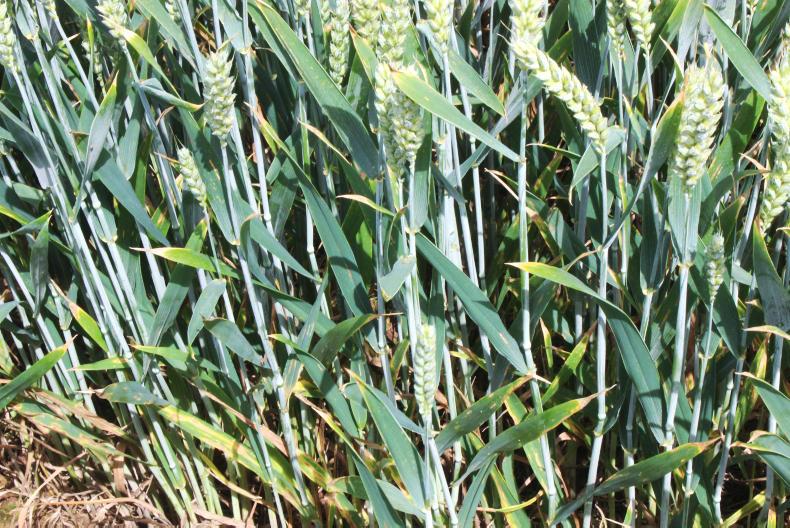Visits to trial sites in recent weeks show that we continue to see a slide in fungicide efficacy against septoria. There were also definite differences in fungicide performance between sites.
The visits confirmed the slide in SDHI efficacy but they also showed that the new actives coming through are showing strong control of septoria and other diseases.
There are five new actives being evaluated for commercialisation in the next four years. But compliance for registration continues to be more onerous for new actives.
These new actives come from a range of fungicide families, some of which have hit control difficulties in the past
One must wonder at what point will the public be satisfied that new actives are safe for consumer and environment, so they can begin to appreciate the importance of plant protection products in securing global food output.
These new actives come from a range of fungicide families, some of which have hit control difficulties in the past.
But the new molecules are different in that they target a slightly different control site in the fungus which makes them effective against septoria tritici, for the moment.

Actives in development
Many of these names are now known to farmers and well-known to crop advisers. Revysol is a triazole which seems to be as good as or better than epoxiconazole was when it was introduced. Inatreq is from a new group of fungicides called the quinone inside inhibitors (QiI), while the strobilurins are quinone outside inhibitors (QoIs).
Adepidyn is a new SDHI fungicide from a sub-group which appears to give it different characteristics. The final and possible furthest away active is known as Izzy.
Crop advisers have seen plots treated with these and combinations of actives in Irish trials over the past few weeks.
All look to be doing a good job with varying strengths in different situations. In most instances, we were shown plots that had only received one or two sprays, where one was common to all the treatments.
In some instances, disease was allowed to build ahead of the treatment being applied and, in general, earlier treatments (regardless of the timing ie T1 or T2) performed better, lowered infection levels and helped to keep that plot cleaner for longer.
Many of these actives also showed efficacy against ramularia but this is not a capability that one could have confidence in for the long term.
While all of these actives showed good efficacy against septoria, the challenge will be to protect them from resistance development, especially in the absence of chlorothalonil
This disease has been remarkably successful at building resistance to all major fungicide families in the past and it seems unlikely that this will cease in the near future.
However, it was interesting that prothioconazole appeared to show reasonable control this year but this might not be the case again next year.
While all of these actives showed good efficacy against septoria, the challenge will be to protect them from resistance development, especially in the absence of chlorothalonil.
The trials showed that folpet was not as effective as chlorothalonil against septoria but it was helping.
While septoria pressure was relatively low for the past few years, it seems that resistance to existing SDHI actives was still able to spread and multiply
It is possible that we will see Revysol and Inatreq in the market next year and the others may be two to four years away.
That means there will be relatively few resistance management options in the short term and this is worrying.
While septoria pressure was relatively low for the past few years, it seems that resistance to existing SDHI actives was still able to spread and multiply.
There is still local variability but one can never be sure how things will develop if we get a very wet April and May next year.
